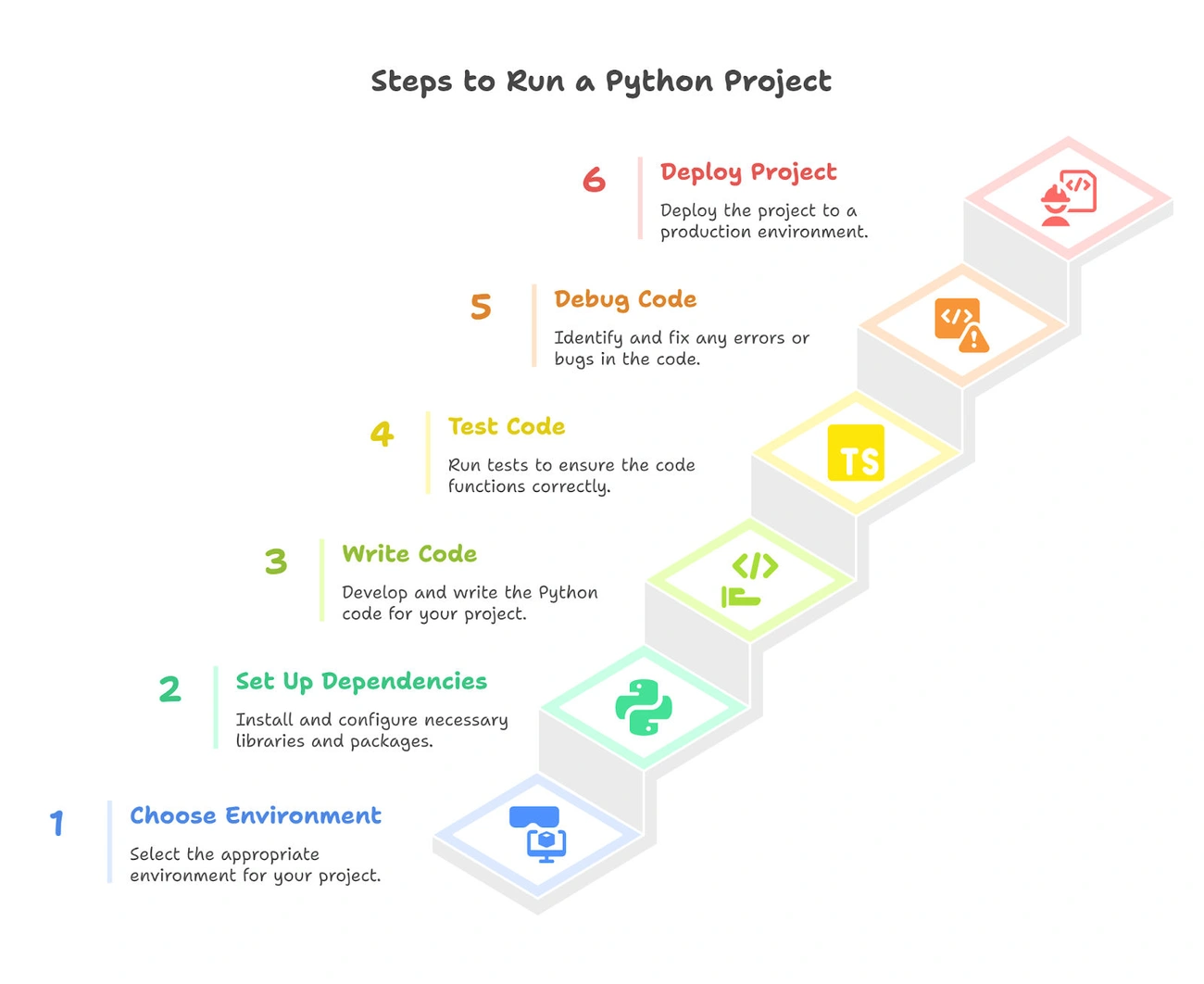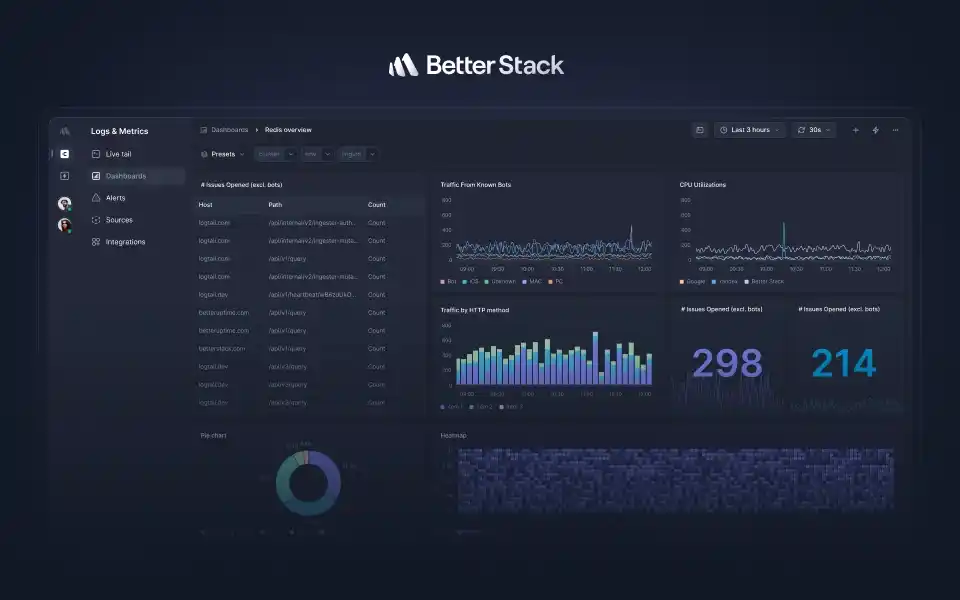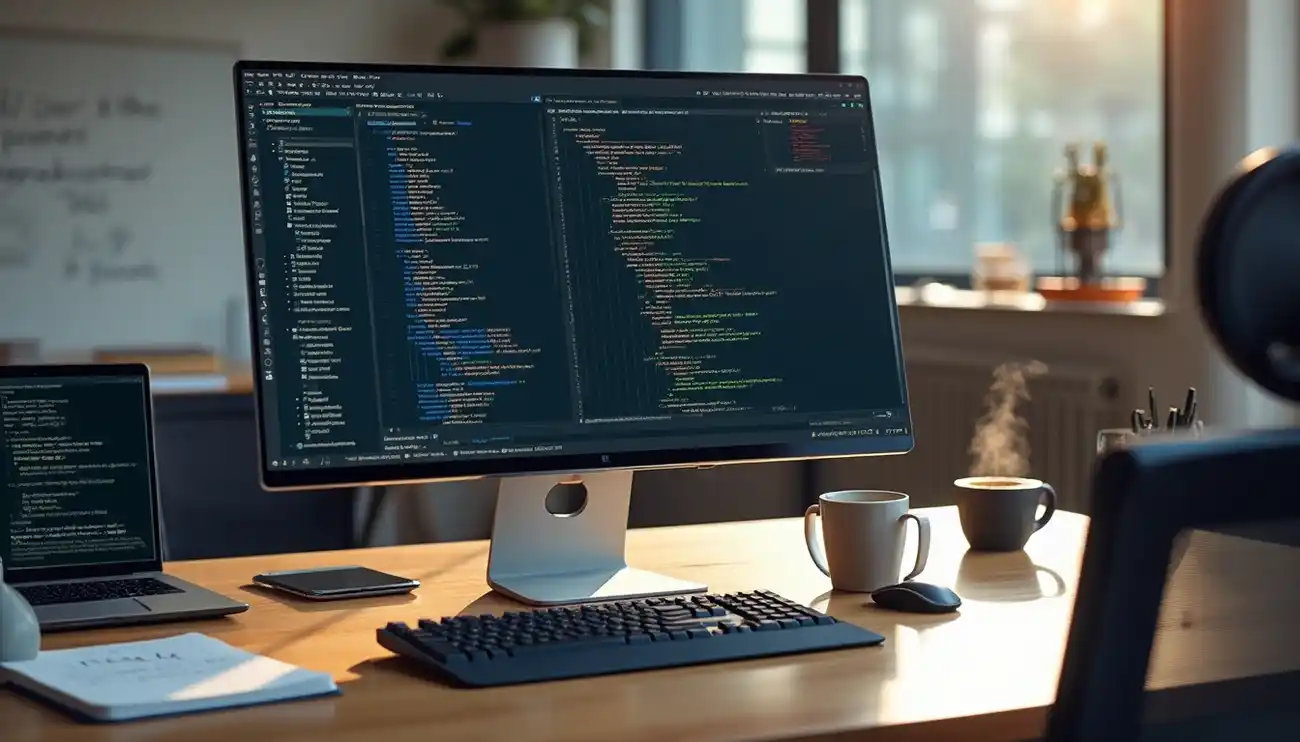Looking to upgrade Oxzep7 Python in 2025? In today’s fast-paced digital landscape, the demand for tailored software solutions continues to grow, making regular updates essential for optimal performance. Developing Oxzep7 software represents a significant opportunity for businesses aiming to enhance their operations.
When we develop Oxzep7 software properly, we create cutting-edge solutions fit for today’s evolving digital environment. This software not only addresses specific user needs but also offers scalability and robust security features. However, without regular upgrades, even the most innovative systems can quickly become outdated.
Throughout this guide, we’ll walk you through a comprehensive step-by-step process to upgrade your Oxzep7 Python installation. From checking your current version to troubleshooting common errors, we’ve got you covered. Additionally, we’ll explore how tools like pipx can simplify the upgrade process while ensuring compatibility with dependencies such as openpyxl. Let’s dive in and transform your Oxzep7 experience for 2025 and beyond.
Understanding Oxzep7 Python and Why Upgrading Matters
Oxzep7 Python stands as a cornerstone in modern development environments. Let me break down what it is and why staying current matters.
What is Oxzep7 Python?
Oxzep7 Python is not your standard programming tool—it’s a sophisticated integrated development environment (IDE) and framework extension built specifically for the Python language. At its core, it offers developers a refined, high-performance coding environment with artificial intelligence support, live collaboration capabilities, and seamless cloud platform integration.
Unlike conventional Python environments, Oxzep7 features a modular architecture that allows developers to break software into independent, reusable components. Furthermore, it includes built-in security features with encryption and access control mechanisms, making it ideal for enterprise applications.
I find Oxzep7’s intelligent syntax prediction particularly valuable—it accelerates development through contextual understanding of my code, essentially functioning as a smart assistant during programming sessions.
Why upgrades are essential in 2025
Keeping Oxzep7 Python updated in 2025 is more crucial than ever before. First and foremost, updates typically introduce performance enhancements and new functionality that can significantly improve your development experience.
Security represents another compelling reason to upgrade. Older versions might contain vulnerabilities that have been patched in newer releases, protecting your projects from potential threats.
Moreover, as Python itself evolves, maintaining compatibility becomes critical. Outdated Oxzep7 versions may struggle with newer Python features or libraries, potentially creating bottlenecks in your development pipeline.
Lastly, support resources primarily focus on current versions. By staying updated, I ensure access to comprehensive documentation and community assistance when facing challenges.
Common issues with outdated versions
Using outdated Oxzep7 Python versions often leads to frustrating problems. One major issue involves dependency conflicts—where other packages in your environment rely on specific Oxzep7 versions, creating incompatibility errors.
Outdated installations frequently cause semantic errors, failed CI pipelines, or even unpredictable production behavior—issues that can be particularly destructive when they affect core functionality.
I’ve noticed that older versions sometimes lack critical features present in updates. This becomes problematic when your workflow depends on functionality that’s been improved or reimagined in newer releases.
Deprecated modules and missing plugins represent another common challenge. As Oxzep7 evolves, certain components may be phased out, leaving users of outdated versions without essential tools or functionality.
Therefore, maintaining an up-to-date Oxzep7 Python environment isn’t merely about accessing new features—it’s about ensuring stability, security, and continued productivity in your development process.
Preparing for the Upgrade
Before diving into the upgrade process, proper preparation is essential for a smooth transition to the latest Oxzep7 Python version. Careful planning now will save countless headaches later.
Check your current Python and Oxzep7 version
First, determine exactly which version you’re currently running. For Python, open your command prompt or terminal and run:
python -V
Or for more detailed information:
python --version
This displays your version in the format major.minor.micro (e.g., 3.12.1). Each number matters—especially since software written for one version often doesn’t work correctly in another. For Oxzep7 specifically, check its version through the environment’s package manager or configuration panel.
Backup your environment and data
Prior to any upgrade, creating comprehensive backups is non-negotiable. For virtual environments, you have several options:
- Use
pip freeze > requirements.txtto save a complete list of your installed packages - For conda environments, run
conda env export > environment.ymlto preserve your setup - Consider creating an isolated copy of your environment for testing:
python3 -m venv env_upgrade source env_upgrade/bin/activate pip install -r requirements.txt ```<citation index="5" link="https://www.sea-eu.net/how-to-safely-upgrade-oxzep7-in-your-python-environment-without-breaking-dependencies/" similar_text="Always work in an isolated copy."></citation>
Subsequently, freeze everything with pip freeze > freeze_before.txt to ensure you have a worst-case rollback plan.
Review compatibility with existing tools
Conduct a thorough dependency and compatibility audit to identify potential conflicts. Ask yourself:
- Which Oxzep7 components do you use? (core, CLI, UI, plugins)
- What depends on Oxzep7? (internal modules, third-party libraries)
- Are you pinning sub-dependencies indirectly?
Given that Oxzep7 is fully compatible with existing Python packages from PyPI and Conda, you won’t need to rewrite legacy code. Nonetheless, use tools like pipdeptree to map your dependencies and look for conflicting packages. In fact, reviewing Oxzep7’s changelog is crucial, especially sections labeled “Breaking changes” or “Migration notes”.
Following these preparation steps creates a solid foundation for a successful upgrade experience.
Step-by-Step Guide to Upgrade Oxzep7 Python

Now that we’re ready, let’s execute the upgrade process. The following step-by-step guide will help you safely upgrade your Oxzep7 Python installation without breaking dependencies.
1. Install pipx or update it
First, ensure pipx is installed and updated. This tool creates isolated environments for Python applications, making upgrades safer. For macOS users:
brew update && brew upgrade pipx
On Linux distributions:
sudo apt upgrade pipx # Ubuntu
sudo dnf update pipx # Fedora
For Windows or other systems:
python3 -m pip install --user -U pipx
2. Use pipx to upgrade Oxzep7 Python
Once pipx is ready, utilize it to upgrade Oxzep7 Python in its own isolated environment:
pipx upgrade oxzep7
If you need a specific version:
pipx install oxzep7==2.1.4 --force
The --force flag overwrites existing installations when necessary.
3. Upgrade dependencies like openpyxl
After upgrading Oxzep7, update its dependencies:
pip install --upgrade-strategy=eager -U oxzep7-deps
For specific dependencies like openpyxl:
pipx inject oxzep7 openpyxl
This command installs additional packages into Oxzep7’s virtual environment without affecting other applications.
4. Test the upgraded environment
Verify your upgrade succeeded:
pipx list # Check installed packages
oxzep7 --version # Verify new version
Run core modules to ensure everything works:
python -c "import oxzep7; oxzep7.core.health_check()"
5. Troubleshoot common errors
If you encounter ImportError: No module named oxzep7.data, verify your installation path with:
pip show oxzep7
For TypeError errors with function arguments, check if signatures changed in the new version.
Consider creating a new virtual environment if you experience persistent issues:
python3 -m venv fresh_env
source fresh_env/bin/activate
pip install oxzep7
This approach enables you to test the upgrade in isolation besides maintaining a fallback option should anything go wrong.
Post-Upgrade Optimization and Maintenance

After completion of your Oxzep7 Python upgrade, the real work begins. The post-upgrade phase is just as critical as the upgrade itself for ensuring long-term stability and performance.
Monitor performance after upgrade
First and foremost, establish a robust monitoring system to catch any issues early. I recommend setting up specialized tools like Prometheus or Grafana to track system performance continuously. These tools provide valuable insights into how your upgraded environment performs under various conditions.
What specifically should you monitor? Focus on:
- Application logs: Search for unexpected exceptions that might indicate compatibility issues
- Performance metrics: Track changes in startup time and memory usage
- CI pipeline health: Watch for timeout regressions or new test failures
Creating quick alerts for changes in OTP (One-Time Password) functionality or uptime is equally important. This proactive approach helps identify problems before they affect your users or downstream systems.
Update documentation and user guides
Documentation isn’t an afterthought—it’s essential for team knowledge transfer. Create a concise “Upgrade Guide” markdown file in your repository that outlines:
# Oxzep7 Upgrade Policy
## Version 1.x to 2.x
- Read changelog at https://oxzep7.readthedocs.io/en/latest/changelog.html
- Known breaking changes:
- Config() now raises KeyError by default
- XYPipeline.init() renamed to XYPipeline.run()
- Tests: Add 10% extra coverage around critical flows
This documentation prevents repeated upgrade pain and helps future versions transition smoothly. Beyond that, consider updating user-facing documentation with new features or changed behaviors.
Plan for future upgrades and automation
Thinking ahead saves considerable time. Consider implementing automated Python requirements upgrade jobs for your repositories. If you have admin access, review GitHub action contents (making changes as needed) and add the edx-requirements-bot team with write permissions.
Another excellent approach is incorporating a test in your CI that runs Oxzep7 core modules inside a clean environment:
- name: Smoke test Oxzep7 core
run: |
python - <<EOF
import oxzep7
oxzep7.core.health_check()
EOF
This simple test can detect issues immediately when you bump versions, consequently preventing problems from reaching production.
Remember that post-launch maintenance is where real growth happens. By implementing analytics tools to track usage patterns, you’ll make data-driven decisions for future improvements. This ongoing commitment maximizes your upgrade investment and maintains optimal performance.
The Ultimate Travel Hacks CWBiancaVoyage Guide: Save More, Stress Less, and Travel Smarter in 2025
Conclusion
Upgrading Oxzep7 Python might seem daunting at first, but following the structured approach outlined above will make the process significantly smoother. Throughout this guide, we’ve explored why regular updates matter, especially in 2025’s rapidly evolving development landscape. Security vulnerabilities, compatibility issues, and missed features ultimately cost more than the time invested in proper upgrades.
Remember that preparation forms the foundation of successful upgrades. Accordingly, checking your current version, creating comprehensive backups, and reviewing compatibility should become standard practice before any update. The step-by-step process using pipx provides a reliable method to upgrade while preserving your development environment’s integrity.
However, the work doesn’t end after upgrading. Post-upgrade optimization represents an equally critical phase. Monitoring performance, updating documentation, and planning for future upgrades will ensure your Oxzep7 installation continues to deliver optimal results. Additionally, implementing automated testing can catch potential issues before they affect your workflows.
I’ve found that treating upgrades as an ongoing maintenance cycle rather than one-time events leads to better outcomes. After all, software development tools evolve continuously, and staying current protects your investment in Oxzep7. Therefore, consider scheduling regular upgrade assessments as part of your development routine.
Whether you’re building enterprise applications or personal projects, an updated Oxzep7 Python environment provides the performance, security, and functionality needed for success in today’s coding landscape. Now that you have this comprehensive guide at your disposal, you can approach upgrades with confidence and ensure your development environment remains cutting-edge throughout 2025 and beyond.
Key Takeaways
Upgrading Oxzep7 Python in 2025 requires careful preparation and systematic execution to maintain development environment stability and security.
• Always backup before upgrading – Use pip freeze > requirements.txt and create isolated test environments to prevent data loss and enable rollback options.
• Use pipx for safe upgrades – Install Oxzep7 in isolated environments with pipx upgrade oxzep7 to avoid dependency conflicts with other Python packages.
• Monitor post-upgrade performance – Set up continuous monitoring with tools like Prometheus to catch compatibility issues and performance regressions early.
• Automate future upgrades – Implement CI tests and automated upgrade jobs to streamline the process and prevent production issues from version bumps.
• Update documentation immediately – Create upgrade guides and update user documentation to ensure team knowledge transfer and smoother future transitions.
Regular Oxzep7 upgrades aren’t just about accessing new features—they’re essential for maintaining security, compatibility, and optimal performance in your development workflow. By following this systematic approach, you’ll transform potentially disruptive upgrades into routine maintenance that keeps your environment cutting-edge.
FAQs
Q1. How do I check my current Oxzep7 Python version? To check your current Oxzep7 Python version, open your command prompt or terminal and run the command “python -V” or “python –version”. This will display your version in the format major.minor.micro (e.g., 3.12.1).
Q2. Why is it important to upgrade Oxzep7 Python in 2025? Upgrading Oxzep7 Python in 2025 is crucial for several reasons: it introduces performance enhancements and new functionality, patches security vulnerabilities, ensures compatibility with newer Python features and libraries, and maintains access to comprehensive documentation and community support.
Q3. What should I do before upgrading Oxzep7 Python? Before upgrading, you should create comprehensive backups of your environment and data. Use commands like “pip freeze > requirements.txt” to save a list of installed packages, and consider creating an isolated copy of your environment for testing purposes.
Q4. How can I use pipx to upgrade Oxzep7 Python? To upgrade Oxzep7 Python using pipx, first ensure pipx is installed and updated. Then, run the command “pipx upgrade oxzep7” in your terminal. If you need a specific version, use “pipx install oxzep7==X.X.X –force”, replacing X.X.X with the desired version number.
Q5. What steps should I take after upgrading Oxzep7 Python? After upgrading, it’s important to monitor performance, update documentation and user guides, and plan for future upgrades. Set up monitoring tools like Prometheus or Grafana, create a concise upgrade guide, and consider implementing automated upgrade jobs and tests in your CI pipeline to catch potential issues early.
